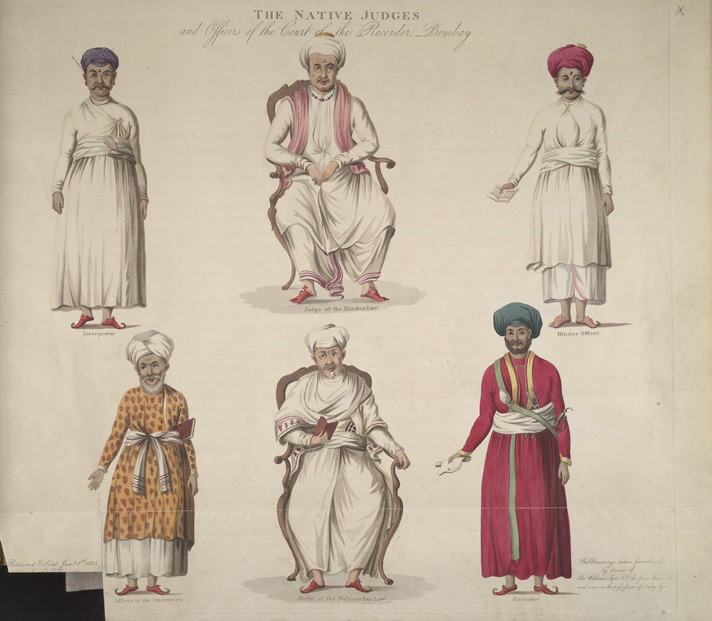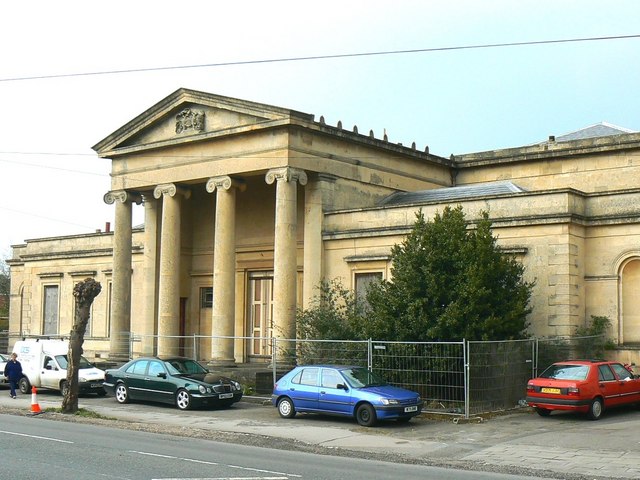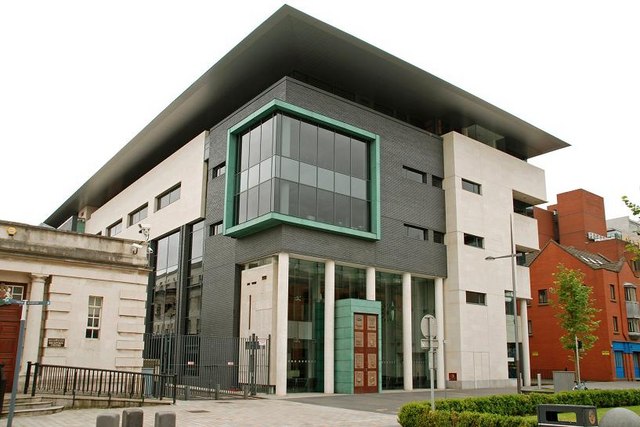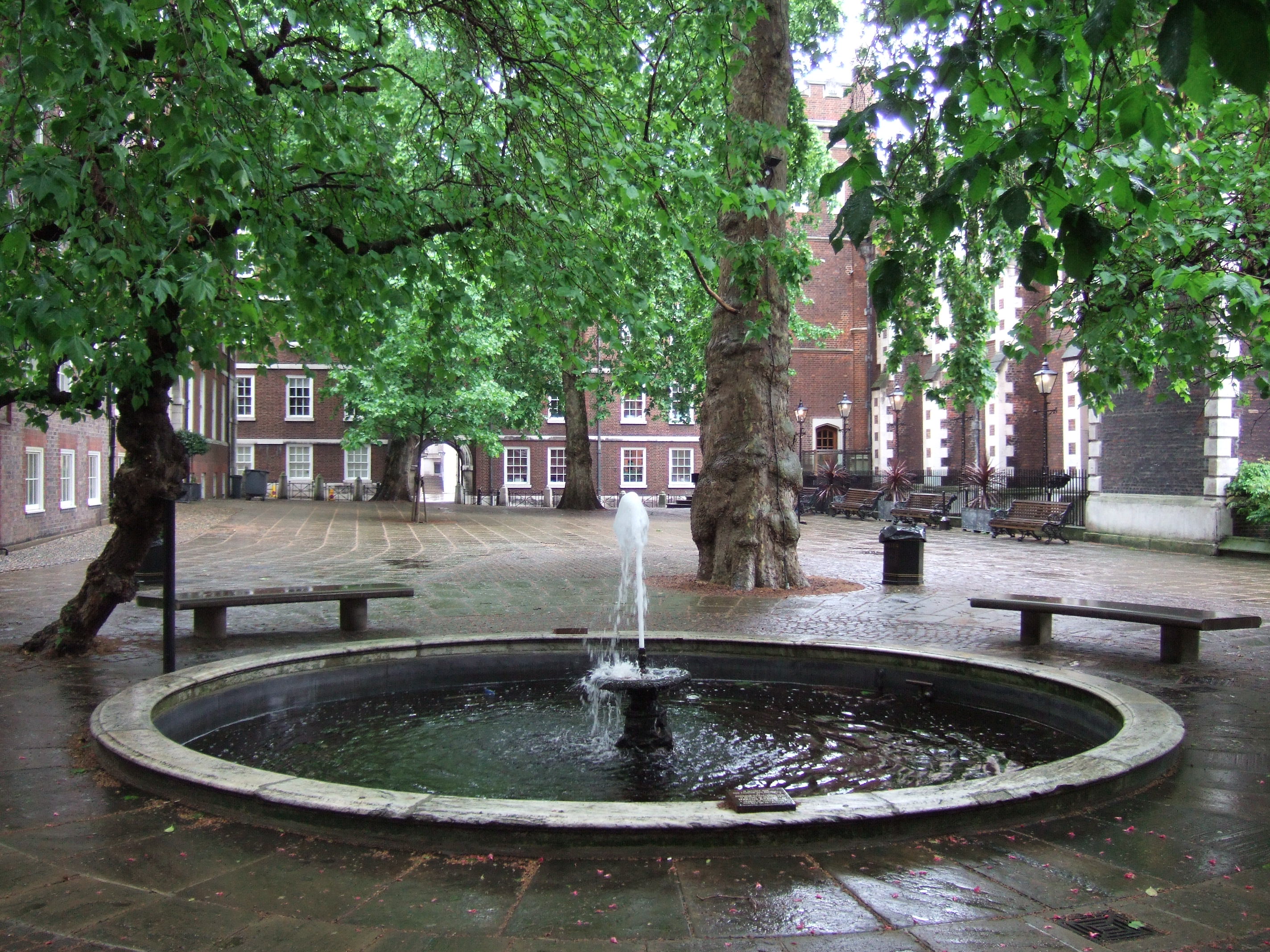|
Thomas Tennison
Thomas Tennison (1707 – 27 March 1779) was an Irish politician and judge. He served as Prime Serjeant and as a judge of the Court of Common Pleas. He sat in the Irish House of Commons as member for Dunleer for many years.Ball, F. Elrington, ''The Judges in Ireland 1221-1921'', John Murray, London, 1926, vol. 2, p. 212. He was born in Dillonstown, County Louth, only son of Henry Tenison (1667-1709), Member of Parliament for County Monaghan and later for County Louth and grandson of Richard Tennison (1642-1705), Bishop of Meath. The bishop was a cousin of, and on friendly terms with, the earlier Thomas Tenison who was Archbishop of Canterbury. The judge's mother was Anne Moore, daughter and co-heiress of Thomas Moore of Knockballymore, County Fermanagh, a cousin of the Earl of Drogheda. His father was a wealthy landowner of scholarly tastes, who was a member of the Dublin intellectual circle which revolved around Esther Johnson, the beloved ''Stella'' of Jonathan Swift; Henry an ... [...More Info...] [...Related Items...] OR: [Wikipedia] [Google] [Baidu] |
Judge
A judge is a person who presides over court proceedings, either alone or as a part of a panel of judges. A judge hears all the witnesses and any other evidence presented by the barristers or solicitors of the case, assesses the credibility and arguments of the parties, and then issues a ruling in the case based on their interpretation of the law and their own personal judgment. A judge is expected to conduct the trial impartially and, typically, in an open court. The powers, functions, method of appointment, discipline, and training of judges vary widely across different jurisdictions. In some jurisdictions, the judge's powers may be shared with a jury. In inquisitorial systems of criminal investigation, a judge might also be an examining magistrate. The presiding judge ensures that all court proceedings are lawful and orderly. Powers and functions The ultimate task of a judge is to settle a legal dispute in a final and publicly lawful manner in agreement with substantial p ... [...More Info...] [...Related Items...] OR: [Wikipedia] [Google] [Baidu] |
Trinity College Dublin
, name_Latin = Collegium Sanctae et Individuae Trinitatis Reginae Elizabethae juxta Dublin , motto = ''Perpetuis futuris temporibus duraturam'' (Latin) , motto_lang = la , motto_English = It will last into endless future times , founder = Queen Elizabeth I , established = , named_for = Trinity, The Holy Trinity.The Trinity was the patron of The Dublin Guild Merchant, primary instigators of the foundation of the University, the arms of which guild are also similar to those of the College. , previous_names = , status = , architect = , architectural_style =Neoclassical architecture , colours = , gender = , sister_colleges = St. John's College, CambridgeOriel College, Oxford , freshman_dorm = , head_label = , head = , master = , vice_head_label = , vice_head = , warden ... [...More Info...] [...Related Items...] OR: [Wikipedia] [Google] [Baidu] |
Francis North (Irish Politician)
Francis North may refer to: * Francis North, 1st Baron Guilford (1637–1685) * Francis North, 2nd Baron Guilford (1673–1729), British peer * Francis North, 1st Earl of Guilford (1704–1790), British peer and politician * Francis North, 4th Earl of Guilford (1761–1817), British peer, army officer, and playwright *Francis North, 6th Earl of Guilford Earl of Guilford is a title that has been created three times in history. The title was created for the first time in the Peerage of England in 1660 (as Countess of Guilford) for Elizabeth Boyle. She was a daughter of William Feilding, 1st ... (1772–1861) * Francis North (Australian politician) (1811–1864), member of the Queensland Legislative Council {{human name disambiguation, North, Francis ... [...More Info...] [...Related Items...] OR: [Wikipedia] [Google] [Baidu] |
Parliament Of Ireland
The Parliament of Ireland ( ga, Parlaimint na hÉireann) was the legislature of the Lordship of Ireland, and later the Kingdom of Ireland, from 1297 until 1800. It was modelled on the Parliament of England and from 1537 comprised two chambers: the House of Commons and the House of Lords. The Lords were members of the Irish peerage (’lords temporal’) and bishops (’ lords spiritual’; after the Reformation, Church of Ireland bishops). The Commons was directly elected, albeit on a very restricted franchise. Parliaments met at various places in Leinster and Munster, but latterly always in Dublin: in Christ Church Cathedral (15th century),Richardson 1943 p.451 Dublin Castle (to 1649), Chichester House (1661–1727), the Blue Coat School (1729–31), and finally a purpose-built Parliament House on College Green. The main purpose of parliament was to approve taxes that were then levied by and for the Dublin Castle administration. Those who would pay the bulk of taxation, ... [...More Info...] [...Related Items...] OR: [Wikipedia] [Google] [Baidu] |
Assize
The courts of assize, or assizes (), were periodic courts held around England and Wales until 1972, when together with the quarter sessions they were abolished by the Courts Act 1971 and replaced by a single permanent Crown Court. The assizes exercised both civil and criminal jurisdiction, though most of their work was on the criminal side. The assizes heard the most serious cases, which were committed to it by the quarter sessions (local county courts held four times per year), while the more minor offences were dealt with summarily by justices of the peace in petty sessions (also known as magistrates' courts). The word ''assize'' refers to the sittings or sessions (Old French ''assises'') of the judges, known as "justices of assize", who were judges who travelled across the seven circuits of England and Wales on commissions of "oyer and terminer", setting up court and summoning juries at the various assize towns. Etymology Middle English < |
Dundalk
Dundalk ( ; ga, Dún Dealgan ), meaning "the fort of Dealgan", is the county town (the administrative centre) of County Louth, Ireland. The town is on the Castletown River, which flows into Dundalk Bay on the east coast of Ireland. It is halfway between Dublin and Belfast, close to the border with Northern Ireland. It is the eighth largest urban area in Ireland, with a population of 39,004 as of the 2016 census. Having been inhabited since the Neolithic period, Dundalk was established as a Norman stronghold in the 12th century following the Norman invasion of Ireland, and became the northernmost outpost of The Pale in the Late Middle Ages. The town came to be nicknamed the "Gap of the North" where the northernmost point of the province of Leinster meets the province of Ulster. The modern street layout dates from the early 18th century and owes its form to James Hamilton (later 1st Earl of Clanbrassil). The legends of the mythical warrior hero Cú Chulainn are set in the d ... [...More Info...] [...Related Items...] OR: [Wikipedia] [Google] [Baidu] |
Irish Bar
The Bar of Ireland ( ga, Barra na hÉireann) is the professional association of barristers for Ireland, with over 2,000 members. It is based in the Law Library, with premises in Dublin and Cork. It is governed by the General Council of the Bar of Ireland, which was established in 1897. The Council is composed of twenty-five members: twenty who are elected, four co-opted, and the Attorney-General of Ireland, Attorney-General, who holds office ''ex officio''. Every year, ten members are elected for two-year terms; five by senior counsel and five by junior counsel. The Bar of Ireland funds the Law Library, which has premises in Dublin in the Four Courts, Church Street, and the Criminal Courts of Justice (Dublin), Criminal Courts of Justice, and also a smaller library in Cork (city), Cork. Nearly all barristers practicing in Ireland are members of the Law Library, which is often used as a metonym for the Irish barrister profession itself. Before the creation of the Bar of Ireland ... [...More Info...] [...Related Items...] OR: [Wikipedia] [Google] [Baidu] |
Middle Temple
The Honourable Society of the Middle Temple, commonly known simply as Middle Temple, is one of the four Inns of Court exclusively entitled to call their members to the English Bar as barristers, the others being the Inner Temple, Gray's Inn and Lincoln's Inn. It is located in the wider Temple area of London, near the Royal Courts of Justice, and within the City of London. History During the 12th and early 13th centuries the law was taught, in the City of London, primarily by the clergy. But a papal bull in 1218 prohibited the clergy from practising in the secular courts (where the English common law system operated, as opposed to the Roman civil law favoured by the Church). As a result, law began to be practised and taught by laymen instead of by clerics. To protect their schools from competition, first Henry II and later Henry III issued proclamations prohibiting the teaching of the civil law within the City of London. The common law lawyers migrated to the hamlet of H ... [...More Info...] [...Related Items...] OR: [Wikipedia] [Google] [Baidu] |
Dublin
Dublin (; , or ) is the capital and largest city of Republic of Ireland, Ireland. On a bay at the mouth of the River Liffey, it is in the Provinces of Ireland, province of Leinster, bordered on the south by the Dublin Mountains, a part of the Wicklow Mountains range. At the 2016 census of Ireland, 2016 census it had a population of 1,173,179, while the preliminary results of the 2022 census of Ireland, 2022 census recorded that County Dublin as a whole had a population of 1,450,701, and that the population of the Greater Dublin Area was over 2 million, or roughly 40% of the Republic of Ireland's total population. A settlement was established in the area by the Gaels during or before the 7th century, followed by the Vikings. As the Kings of Dublin, Kingdom of Dublin grew, it became Ireland's principal settlement by the 12th century Anglo-Norman invasion of Ireland. The city expanded rapidly from the 17th century and was briefly the second largest in the British Empire and sixt ... [...More Info...] [...Related Items...] OR: [Wikipedia] [Google] [Baidu] |
Dixie Coddington
Dixie Coddington (born c.1725, died 1794) was an Irish MP and army officer. Coddington was born in Drogheda, eldest son of Nicholas Coddington of Oldbridge and Mary Tenison, daughter of Henry Tenison MP, of Dillonstown, and Anne Moore of County Fermanagh. His unusual first name was derived from his great-grandmother Anne Dixie, who was possibly a daughter of Sir Wolstan Dixie, 1st Baronet (1602-1682), first of the Dixie Baronets; she married the first Nicholas Coddington about 1660. Dixie was educated at Trinity College, Dublin. Coddington represented Dunleer in the Irish House of Commons from 1761 to 1776. It was effectively a family seat, having been occupied for many years by his uncle Thomas Tennison. He was High Sheriff of Meath in 1754, and an officer in the 9th Queen's Royal Lancers. He married Catherine Burgh, daughter of Thomas Burgh and Anne Downes, daughter of Dive Downes, Bishop of Cork and Ross in 1754, and had several daughters, who all died young. He ... [...More Info...] [...Related Items...] OR: [Wikipedia] [Google] [Baidu] |
Derry
Derry, officially Londonderry (), is the second-largest city in Northern Ireland and the fifth-largest city on the island of Ireland. The name ''Derry'' is an anglicisation of the Old Irish name (modern Irish: ) meaning 'oak grove'. The old walled city lies on the west bank of the River Foyle, which is spanned by two road bridges and one footbridge. The city now covers both banks (Cityside on the west and Waterside on the east). The population of the city was 83,652 at the 2001 Census, while the Derry Urban Area had a population of 90,736. The district administered by Derry City and Strabane District Council contains both Londonderry Port and City of Derry Airport. Derry is close to the border with County Donegal, with which it has had a close link for many centuries. The person traditionally seen as the founder of the original Derry is Saint , a holy man from , the old name for almost all of modern County Donegal, of which the west bank of the Foyle was a part before 1 ... [...More Info...] [...Related Items...] OR: [Wikipedia] [Google] [Baidu] |
Baron Templetown
Baron is a rank of nobility or title of honour, often hereditary, in various European countries, either current or historical. The female equivalent is baroness. Typically, the title denotes an aristocrat who ranks higher than a lord or knight, but lower than a viscount or count. Often, barons hold their fief – their lands and income – directly from the monarch. Barons are less often the vassals of other nobles. In many kingdoms, they were entitled to wear a smaller form of a crown called a ''coronet''. The term originates from the Latin term , via Old French. The use of the title ''baron'' came to England via the Norman Conquest of 1066, then the Normans brought the title to Scotland and Italy. It later spread to Scandinavia and Slavic lands. Etymology The word ''baron'' comes from the Old French , from a Late Latin "man; servant, soldier, mercenary" (so used in Salic law; Alemannic law has in the same sense). The scholar Isidore of Seville in the 7th century thoug ... [...More Info...] [...Related Items...] OR: [Wikipedia] [Google] [Baidu] |








